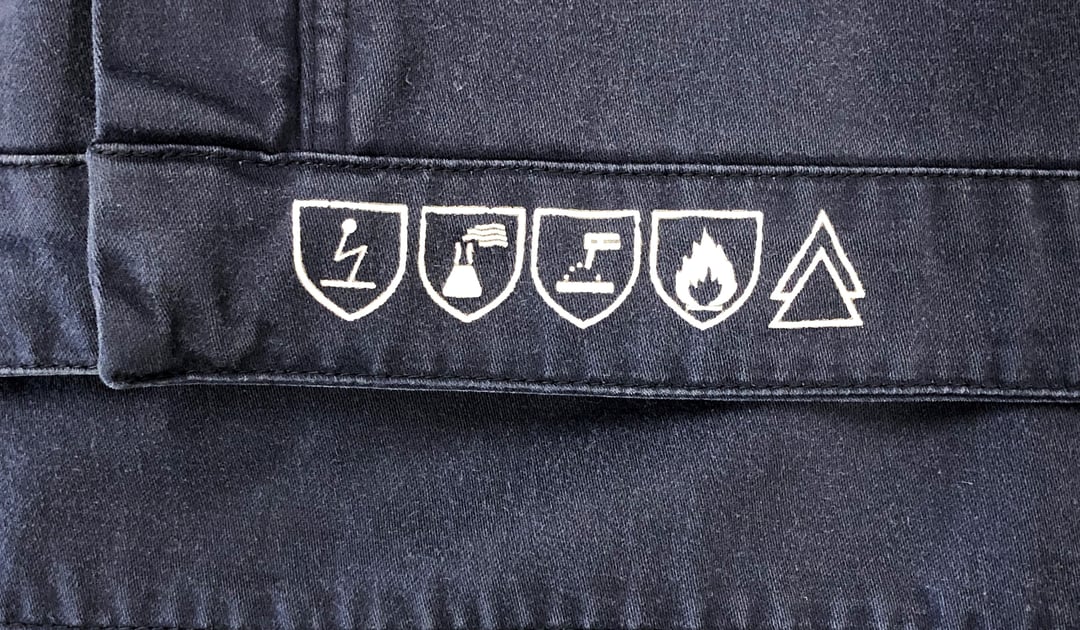During a single workday, employees are being exposed to all kinds of risk situations that require them to wear protective clothing. It might seem logic to select items of workwear that help you comply with as many norms as possible: better safe than sorry. But it could also mean that you are protecting employees from threats they will never be exposed to, and that you are paying too much for the so-called “multi-norm” garment. In this blog, we will explain why multi-norm garments are not always a ‘one size fits all’ when you look at protection, comfort and price.
What are multi-norm garments?
Multi-norm garments are created especially for employees that work in environments with multiple risks. For example: a certain jacket can meet the EN ISO 11612 standard (heat and flame resistance) and the EN 1149 standard (anti-static) at the same time. Multi-norm garments are typically used in environments with multiple minor risks (such as the utility and construction industry), opposed to work environments where there is typically one extreme risk (such as the metal and steel industry).
The demand for multi-norm garments has risen because employees nowadays have a bigger variety of work activities in their function profile. This means they might work at different stations where they get exposed to different kind of risks. But that doesn’t necessarily mean that all employees – from machine operators to technical service – benefit from the same multi-norm garment.
The downside of ‘over-engineered’ protective clothing
Multi-norm garments can be a good fit for many companies, but there are just as many situations where they aren’t. How do you know when a multi-norm garment is suitable for your situation, or not? There are two important elements which determine if a multi-norm garment is ‘over-engineered’ and less suitable for your work environment.
- The type of fabrics affects costs
When there is one extreme risk present in your work environment, chances are that multi-norm garments are manufactured with fabrics that protect against risks you don’t need protection against. Prices of fabrics can vary tremendously per square meter, so you might pay too much for protection you don’t need. - The weight of the fabric affects comfort and feel
Different kind of fabrics not only come with a different price tag, they are also very different in comfort and feel. Certain type of fabrics or fabric blends are much heavier, which results in a completely different experience for the wearer of the garments. This might seem not as important – however, protective clothing that is not comfortable can result in employees not wearing it, leaving your workers unprotected.
Are multi-norm garments right for you?
Conducting a risk assessment for each workstation at your company will help you determine the potential threats. This will enable you to decide which standards of protective clothing you want and need to comply with. Are you in doubt which protective clothing you need? Talk to our protective clothing specialist, who will help you to analyze your risk environment and give you customized advice on multi-norm garments.



![FR Fabrics Guide [EN]](https://eu.tencatefabrics.com/hs-fs/hubfs/EU%20-%20Images%20website/EU%20-%20Mock-up%20nieuwe%20afmetingen/FR%20Fabrics%20Guide%20%5BEN%5D.png?width=170&name=FR%20Fabrics%20Guide%20%5BEN%5D.png)



.png?width=399&name=Risk%20management%20for%20PPE%20clothing%20in%20the%20EV%20and%20battery%20industries%20(5).png)
